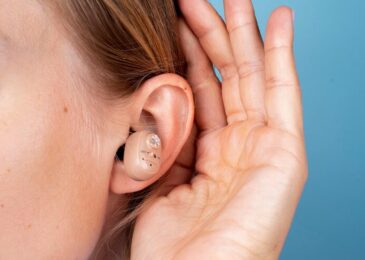Due to age, frequent bathing with hot water and harsh soaps, very low environmental temperature and humidity, or heat in the form of central heating and such, skin cannot preserve its moisture adequately, thus dry skin or xerosis manifests as at least one of the following:
– itching
– rough-looking skin
– skin tightness
– erythema (redness), at times the ashen appearance of skin
– fine lines/cracks
– flaking, scaling or peeling in different degrees
Dry skin is generally a benign condition that can easily be managed. Numerous over the counter or home treatment options are available to give relief. It also responds fine to simple lifestyle changes that do not entail too much effort. The goal of therapy is to keep the skin moisturized at all times.
Skin moisturizers, being the first line of defense against dry skin, rehydrate the epidermis (topmost skin layer) and traps moisture in . They are composed of ingredients that attract moisture into the skin, seals in the moisture and makes skin feel smoother by packing the spaces in between skin cells.
The oldest yet still most effective formulations of moisturizers are petroleum jelly and mineral oils. They cannot attract much moisture as they do not contain water, thus they work best right after a shower when the skin is still damp to be able to seal in the moisture.
Later formulations of skin moisturizers comprise both of water and oil making them less greasy and more pleasant to the touch.
The following lifestyle changes can vastly improve the signs of dry skin and must be included in your daily routine.
Stay away or avoid the factors that take away your skin’s natural oils, thereby, losing moisture like bathing for more than 10 minutes with hot water. Instead, take short showers with lukewarm water.
In the same manner, harsh deodorant soaps, those containing alcohol as well as perfume should not be used. Go for Australian made soap & beauty products online to conserve your skin’s natural oil and bring back that glow.
Don’t scrub off natural oil and moisture from your skin by using bath sponges and brushes. In addition, pat yourself dry after a shower, it will help seal moisture in.
Every hand washing or shower must immediately be followed by a moisturizing routine. As mentioned earlier, moisturizers work more effectively when there is moisture to trap in.
Resist the temptation to scratch. Though a good scratch may make you feel that everything is right again, opt for a cold compress instead.
Steer clear of wool or any fabric that may cause rashes and irritation. And upon washing, pick out fragrance-free laundry soaps and refrain from using fabric conditioners.
Despite being very responsive to lifestyle changes and moisturizers, there are cases when a medical professional should be called in for a more specific and intensive treatment.
It is time to go for dermatological consult when:
- your skin shows no signs of improvement despite having tried the aforementioned tips and pointers
- itchiness (pruritus) interferes with sleep
- dry red skin
- presence of open sores or wounds from scratching that are prone to infections
- marked areas of scaling and peeling





